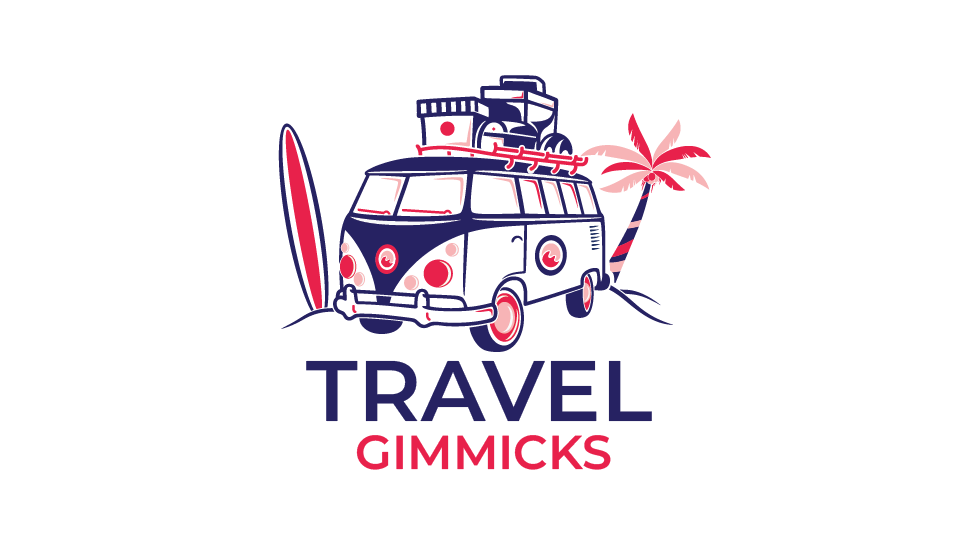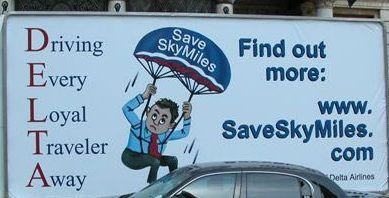For most of the last decade, United Airlines was the best-known airline in America. But their aggressive loyalty program led to massive defections and a huge drop in customer satisfaction among elite members. At Delta Air Lines, they decided to take an entirely different approach – one that would also help grow their frequent flier points bank (and profits).
The “New American Airlines Elite Qualifying Rules Finally Get Loyalty Right” is a blog post that discusses how the new American Airlines elite qualifying rules have finally gotten loyalty right. The author of this article, explains the difference between the old and new rules and why they are so important for airlines to use. Read more in detail here: american airlines travel.
Why the New American Airlines Elite Qualifying Rules Get Loyalty Right for the First Time
on November 11, 2021 by Gary Leff
The first contemporary frequent flyer program, American AAdvantage, debuted in 1981, and was quickly followed by United Airlines Mileage Plus. Since 1987, airlines have made measures “to better reward their highest value customers.”
U.S. airlines began a drive two decades ago to reward only full-fare business customers with the finest privileges.
- In 2003, United limited systemwide upgrades to tickets priced at almost full fare (H and above). There was such a backlash that they gave more sweet spot coupons that could be used on practically any fare for the same year, as well as less stringent foreign upgrades the following year (that still excluded the cheapest fares). This policy is still in effect today.
- Only full-fare tickets would be counted toward elite membership on US Airways. The CEO of Spirit Airlines became the public face of the company, explaining the move. Customers who bought the low-cost tickets he gave did not have the type of loyalty he was looking for at the time. Baldanza used to just want the most expensive passengers, and now he only wants the most expensive charge passengers!
- Delta said in December 2002 that it will no longer provide full elite credit to cheap tickets. They reversed the modification two years later, as well as the increase in award fees.
After various IT difficulties dragged them down, Delta ultimately pulled the trigger on revenue-based frequent flyer programs about eight years ago. United and American Airlines were the next to arrive since, at the time,
- Delta envy existed among airline executives, who believed that Delta was the best-run airline and that its executives were wiser.
- Delta has been able to devalue SkyMiles without having the same negative consequences as other airlines, because to its strong brand recognition and lack of competition at its hubs in Atlanta, Detroit, Minneapolis, and Salt Lake City.
However, paying consumers who purchase more tickets is not the same as rewarding customers who are the most lucrative to an airline, much alone motivating customers to become more profitable.
David Oppenheim, then-Managing Director of MileagePlus co-brands (and now IHG Senior Vice President of Global Insights and Analytics) pointed out the reasons why becoming a revenue-based program was a terrible idea two months before United announced it.
- Because you are the only airline that flies non-stop on the route, a passenger may purchase a single pricey ticket with you. Is it reasonable to reward them? If they’re going to choose your airline anyhow, you’re effectively putting money on fire. Is it also a good idea to spend money rewarding travellers who ‘select’ your airline because they’re forced to by a corporate contract?
- In general, a high-revenue passenger is preferable to a low-fare customer for an airline. However, a high-fare customer may be permitted to share a seat with another high-fare passenger (for instance they both buy the last seat available on a flight). In terms of economics, the high-fare consumer would not be profitable (opportunity cost basis).
- A low-cost passenger, on the other hand, may fill vacant seats and be pure profit — or they may eventually replace a high-cost customer and be very expensive if the airline’s revenue management isn’t up to par.
- Customers who purchase low-cost tickets may also be interested in the airline’s auxiliary items. Other items typically have larger margins than the actual aircraft seat, so base airfare isn’t the main source of income.
- Customers from third-party partners, on the other hand, are lucrative. A lucrative client is one who carries and utilizes an airline’s credit card, credits points for non-air travel to the program, and uses the airline’s shopping site.
- At the end of the day, the program should strive to impact additional business. You may be able to reward a high-spend client without getting more business from them, but you might be able to shift the needle with some of your other consumer categories.
Oppenheim is a savvy CEO who appreciates the importance of loyalty marketing. I first met him while he was a partner at Boston Consulting Group, working with Hyatt on the re-launch of the Gold Passport program, which included complimentary breakfast, no redemption capacity limits, and guaranteed suite upgrades.
American Airlines recognizes this with their new elite qualification strategy.
- They earn a lot more money selling high-margin things like miles than they do selling airplane tickets.
- Customers might be enticed to earn additional miles by offering incentives (generating more profit for the airline)
- The elite customers are the ones who care the most about their miles, thus encouraging mileage earned via partners who participate in the elite program is the most powerful lever they have.
A consumer who participates in the program on several levels is more valuable than one who merely flies the airline. That client may also be valued. However, initiatives to reward only passengers who spend a lot of money on flights are leading the airline in the wrong way.
Not only are credit cards and other partners considered when establishing a customer’s worth, but deciding upgrade priority based on degree of activity with partners as well as on flights encourages more engagement with those partners.
United Airlines, on the other hand, has merely increased the ticket expenditure necessary for status, while MileaegePlus’ financials have remained unchanged. Transfers from Chase Ultimate Rewards contributed to United’s loyalty program’s revenue growth. United had a new arrangement with Chase just before the pandemic to boost income, but MileagePlus is still locked in the same type of thinking that Scott Kirby promoted at American Airlines six years ago.
The American Airlines elite qualification program still has certain flaws, such as omitting to recognize seat revenue, bag fees, and first-class upgrades (all high-margin items), and placing extra onerous criteria on consumers in places where there aren’t as many elite-earning partners. This is, however, a step toward ‘getting’ both what customers are genuinely lucrative to the company and motivating consumers to participate in more profitable activities.

